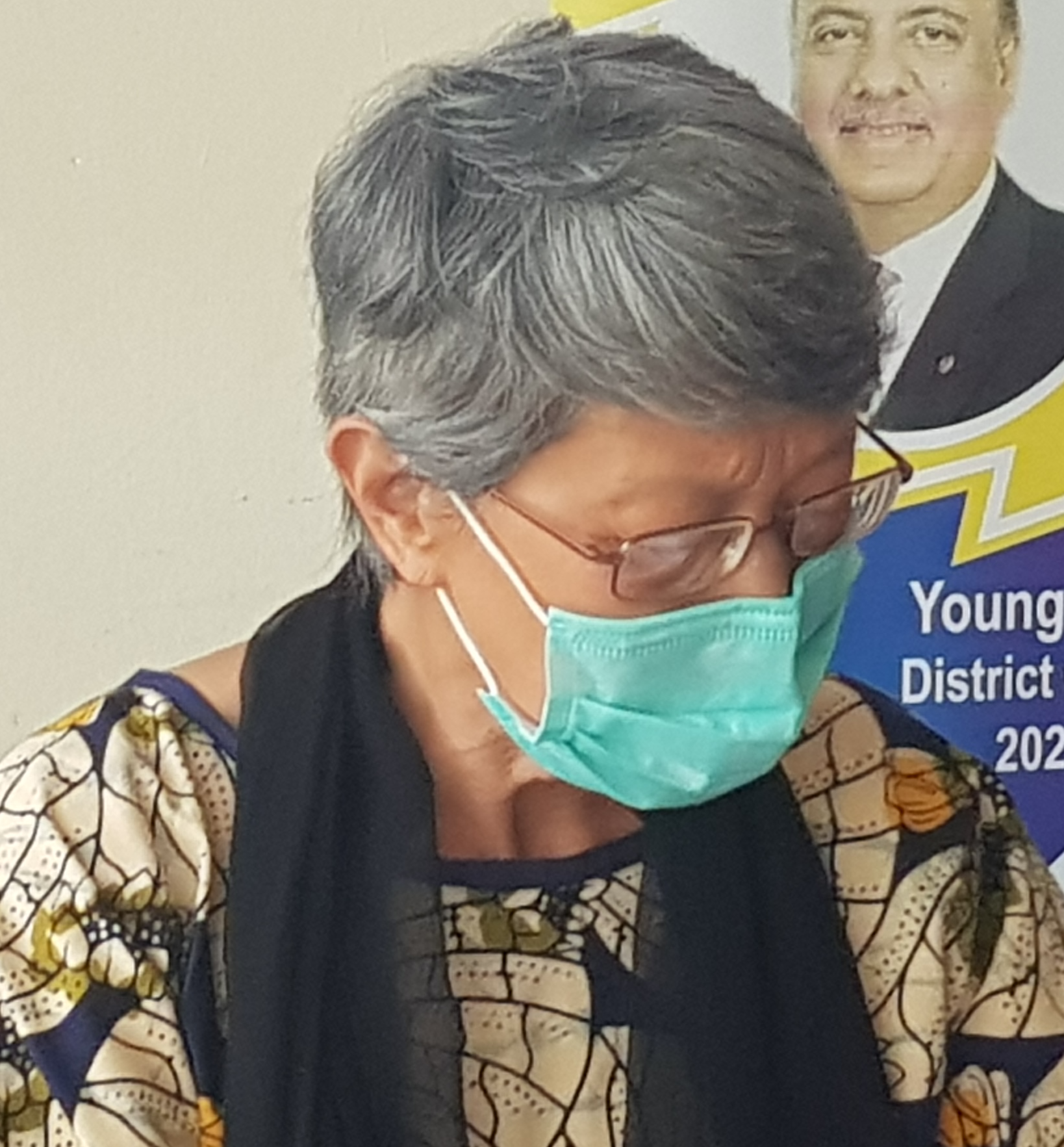 Each year, continue to give more, for the District to do more to grow more to Change Lives
Each year, continue to give more, for the District to do more to grow more to Change Lives
Small Steps That Push Our Project Impacts Further
One precious privilege of being a District Governor is the opportunity to visit all the Clubs in our District and discover gems of innovative ideas that are quietly played out in all corners. Here are a few. I hope you find them stimulating. Planting a tree is the easy part. The bigger challenge is how to care for them, thereafter. One school named each tree after the student who planted it. Then, at the end of each school year, they recognized the students whose trees were exceptionally well cared for. Water will never be enough if it’s wasted. Dripping water taps, taps not fully shut off after use, a tap gushing water into a bucket left forgotten - these are all too common sights around us. One school appointed few senior students as school Water Prefects. Armed with a spanner, they were trained to change worn out washers causing taps to drip. They take turns to stand by water taps at end of each break to make sure all taps were closed properly before returning to class themselves. With Water Prefects, the school no longer suffers “water-tank-but-nowater” syndrome.
You can have children to perform 20-30% better without spending one shilling. Rotarians eagerly engage in school projects to repair or build additional classrooms, provide desks and chairs, donate books, build toilets, provide water, all to make the environment conducive for learning. But there is one critical deficiency that goes unnoticed. Worldwide studies have shown that children who go to school without breakfast learn 30-40% less than they are capable of. It’s alarming that 80-90% of our children in public schools, whether urban or rural, don’t eat before going to school. Not enough time in the morning to light fire and cook? Then cook it the night before while preparing family dinner. Boiled potato, yam, cassava, pumpkin, matoke, eggs etc., can be set aside with a fruit or two for children to eat in the morning before going to school. Take this message to school and see our children’s performance rise.
Give youth access to loans and let them take charge of their future. Vijana Poa initiative has brought about a surge in clubs’ efforts to provide skills to youth to enable them to self-employ or be employable. For youth who successfully complete training, clubs often reward them with a start-up tool kit. Some, like sewing machine, cost a hefty sum requiring fundraising efforts. An uncomfortable truth is that some of these machines are sold off by trainees who were pushed into tailoring and have no interest in pursuing it.
Instead of handing out free goods, we could link the trainees to SACCOS for a loan at a favourable rate. If SACCOSs are hesitant to lend to untested youth, you can form them into mutually liable groups to assure repayment. That often reassuring enough to SACCOSs.
Recognize communities’ contributions to our projects. In many Rotary projects involving construction, tree planting, or anything that requires labour and local materials, communities volunteer their support. But do we acknowledge them? It dawned on one club which built permanent footbridges over numerous streams on their mountain. Overtime, they added elements of recognition to the ceremonies commissioning footbridges. Now the commissioning of a footbridge consists of
(1) An MOU is read out which declares that the Rotary is handing over the footbridge which was built by the village with Rotary’s funding support; that the community pledges to “keep it in good shape for its children and children’s children,” then signed.
(2) On the plaque, which stands at one end of the footbridge, villagers’ labour and material contributions are mentioned, side by side with Rotary Clubs’ funding of the project.
(3) In commissioning, a community leader cuts the ribbon side by side with the Rotary Club President.
Aren’t these how they should be, always? Our Project Impacts?